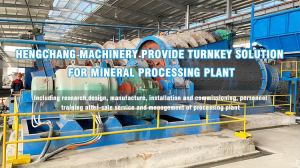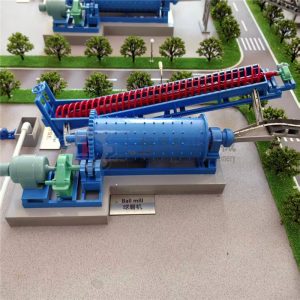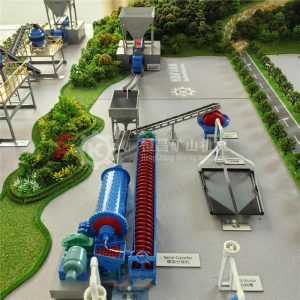Ceramic Ball Mill for Minerals, Ceramics & Chemical Industries
2025-10-22 16:03:59

A ceramic ball mill is a type of ball milling equipment with a ceramic lining. It is widely used in the chemical, building materials, and metallurgical industries. The following is a detailed description:
1.Structural Components
It primarily consists of a cylinder, liner, grinding media, feed mechanism, discharge mechanism, transmission mechanism, and support mechanism. The cylinder houses the material and grinding media. The liner, often made of ceramic, protects the cylinder and affects grinding efficiency. The grinding media are typically ceramic or alumina balls. The feed mechanism feeds the material into the cylinder, while the discharge mechanism discharges the ground material. The transmission mechanism rotates the cylinder, while the support mechanism supports the cylinder.


2.Operating Principle
The motor drives the cylinder through a reduction gear. The grinding media within the cylinder rotate with the cylinder due to inertia, centrifugal force, and friction. They are carried to a certain height and then fall, impacting and grinding the material, pulverizing it. Simultaneously, the material tumbles within the cylinder, coming into full contact with the grinding media and further reducing it.
3.Features
Advantages: Made of ceramic, it prevents material contamination and is suitable for grinding materials requiring high purity. The grinding media offer smooth motion, low noise, minimal wear, and a long service life. Parameters such as speed and grinding media gradation can be adjusted to suit different materials and process requirements, providing strong adaptability.
Disadvantages: Compared to metal ball mills, ceramic ball mills consume more energy and have relatively low processing capacity, making them unsuitable for large-scale coarse grinding operations.
4.Applications
Ceramic Industry: Used for grinding ceramic raw materials such as clay, feldspar, and quartz into fine powders to meet the needs of ceramic product production.
Chemical Industry: Used for grinding various chemical raw materials such as pigments, coatings, and pesticides to improve dispersion and reactivity.
Electronic Materials: In the preparation of electronic ceramics, electronic glass, and other electronic materials, ceramic ball mills can be used for ultrafine grinding of raw materials to ensure material performance and quality.